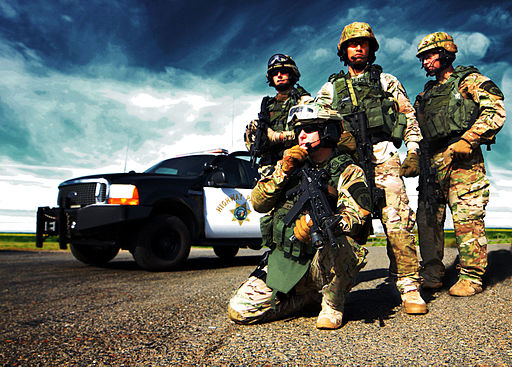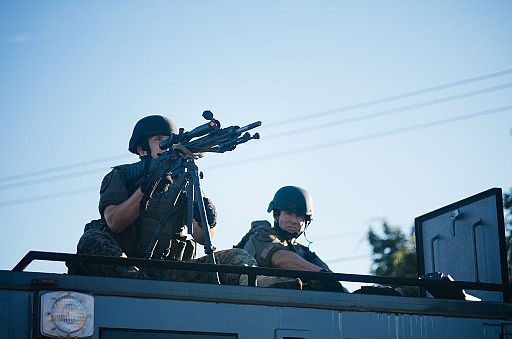The picture here of Harry Truman is in no way meant to conflate him with Donald Trump, but merely to illustrate the similar nature of their upset wins. In 1948, polls had the Republican challenger, Thomas Dewey of New York, ahead of Democratic incumbent Harry Truman. The Chicago Tribune, a newspaper which made no secret of its dislike of Truman, was so certain of his impending loss as it went to press late on the night of the election that it went ahead with the infamous headline “Dewey Defeats Truman.” Two days later, after Truman left his home in Independence, Missouri, where he had awaited the election results, his train stopped in St. Louis and he posed on the rear platform with a copy of the Chicago Tribune and with the former Democratic mayor of St. Louis, and in 1948 Postmaster of St. Louis, Bernard Dickmann.
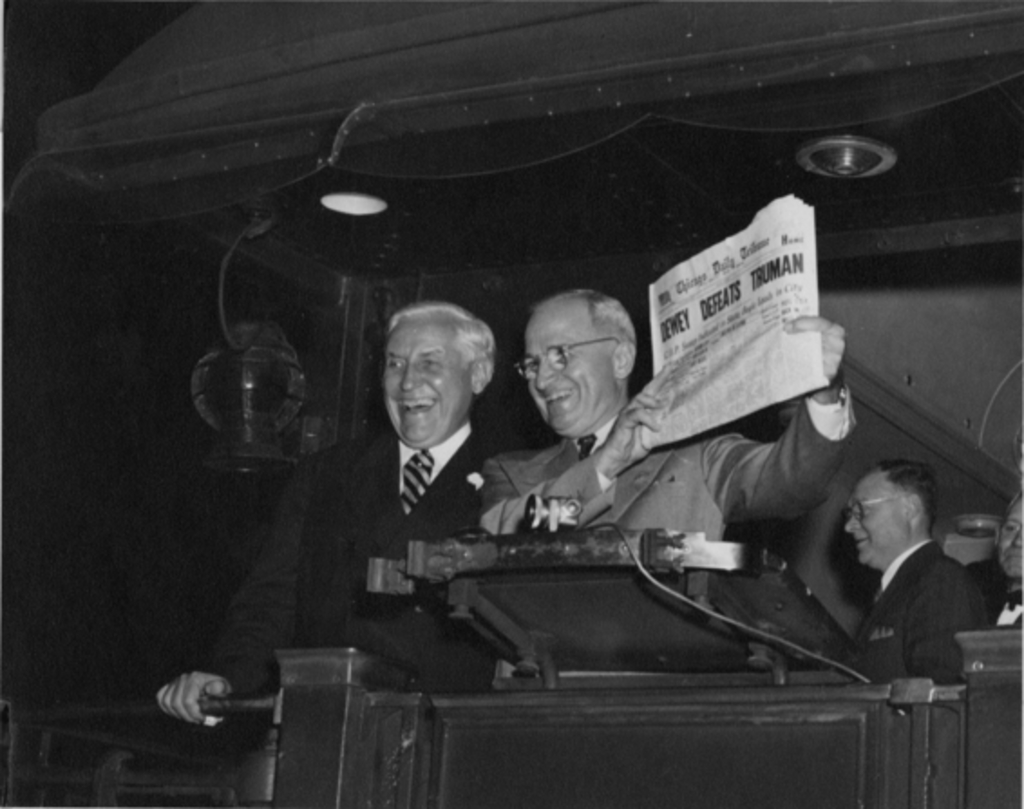 Harry Truman with Bernard Dickmann in 1948
Harry Truman with Bernard Dickmann in 1948
Certainly in 1948 newspaper technology played a part in the Tribune’s error, on account of the extensive lead time needed to typeset the pages, photograph the plates, and print the paper. Other newspapers faced with the same technical limitations, however, did not make the same error. Confirmation bias, or wishful thinking, played a larger part in the decision by the Tribune brass to print that headline. They saw all the polls picking Dewey as the winner, and because they wanted Dewey to win – or rather, they wanted Truman to lose – they confirmed their bias in print.
As the 2016 election results came in, it became clear that most polls, which up until election day had Clinton ahead of Trump, were wrong again as they had been in 1948. Granted, Clinton narrowly won the popular vote, but at nothing like the
three to five percentage points many polls gave her. It seems the electoral vote win by Trump was brought on by taking a few Rust Belt states away from Clinton, all of which the polls generally had either solidly in Clinton’s column or leaning her way. Two factors come to mind here in the disconnect between the polls and the election results, one having to do with the methods pollsters use and the other having to do with voters and media ignoring the disclaimer that comes with all polls, namely the
margin of error, typically about three percent. That’s the
grain of salt people should take when they read polls, but often choose to ignore.
A particular problem with predicting the 2016 presidential election was how quickly the race tightened up in the few weeks between the aftermath of the last debate, when the buzz nationwide was about a possible Clinton landslide, and the weekend before the election. Also, polling up to the last minute did not appear to show a change in the amount of voters who remained undecided. Most of the undecided voters appear to have waited until election day to go for Trump, and that shows in how Clinton’s numbers remained practically unchanged from the polls to the election results, while Trump made up the difference of three to five percentage points he had been behind in the polls. In future elections, pollsters will have to
reexamine their methods and
consumers of polls will have to remember to take that grain of salt.
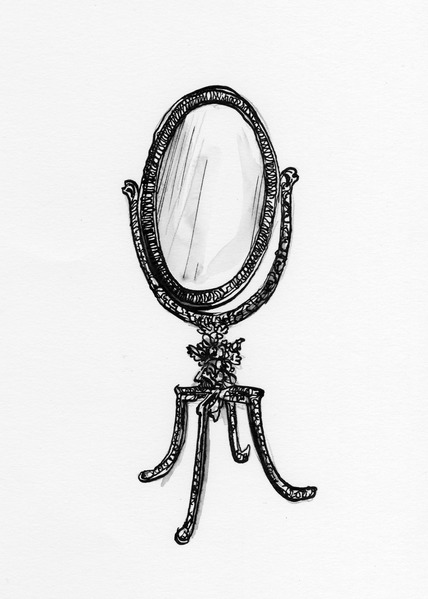 Vanity mirror; drawing by David Ring
for the Europeana Fashion project
Vanity mirror; drawing by David Ring
for the Europeana Fashion project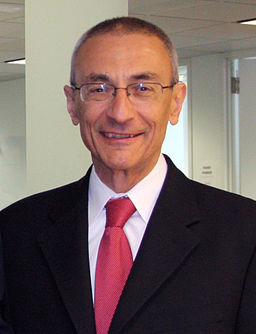 John Podesta in 2010;
photo by Flickr user Connormah
John Podesta in 2010;
photo by Flickr user Connormah
Meanwhile, in the aftermath of the election, the Clinton campaign and the Democratic National Committee are
casting blame on everyone but themselves for the debacle of losing to a Republican candidate that few political insiders, not even in the Republican establishment, thought could win. The Democratic establishment, with great hubris and with apparent confirmation from the polls, arrogantly expected their candidate to win in a walk, and to their eventual detriment they didn’t appear to care about courting the votes of working class and middle class people in the Rust Belt. We shall see if John Podesta, chairman of the Clinton campaign, and the rest of his crowd learn anything from this, but in the meantime to help them do so they could use a long, hard look in a mirror if they want to assign blame.
– Techly




